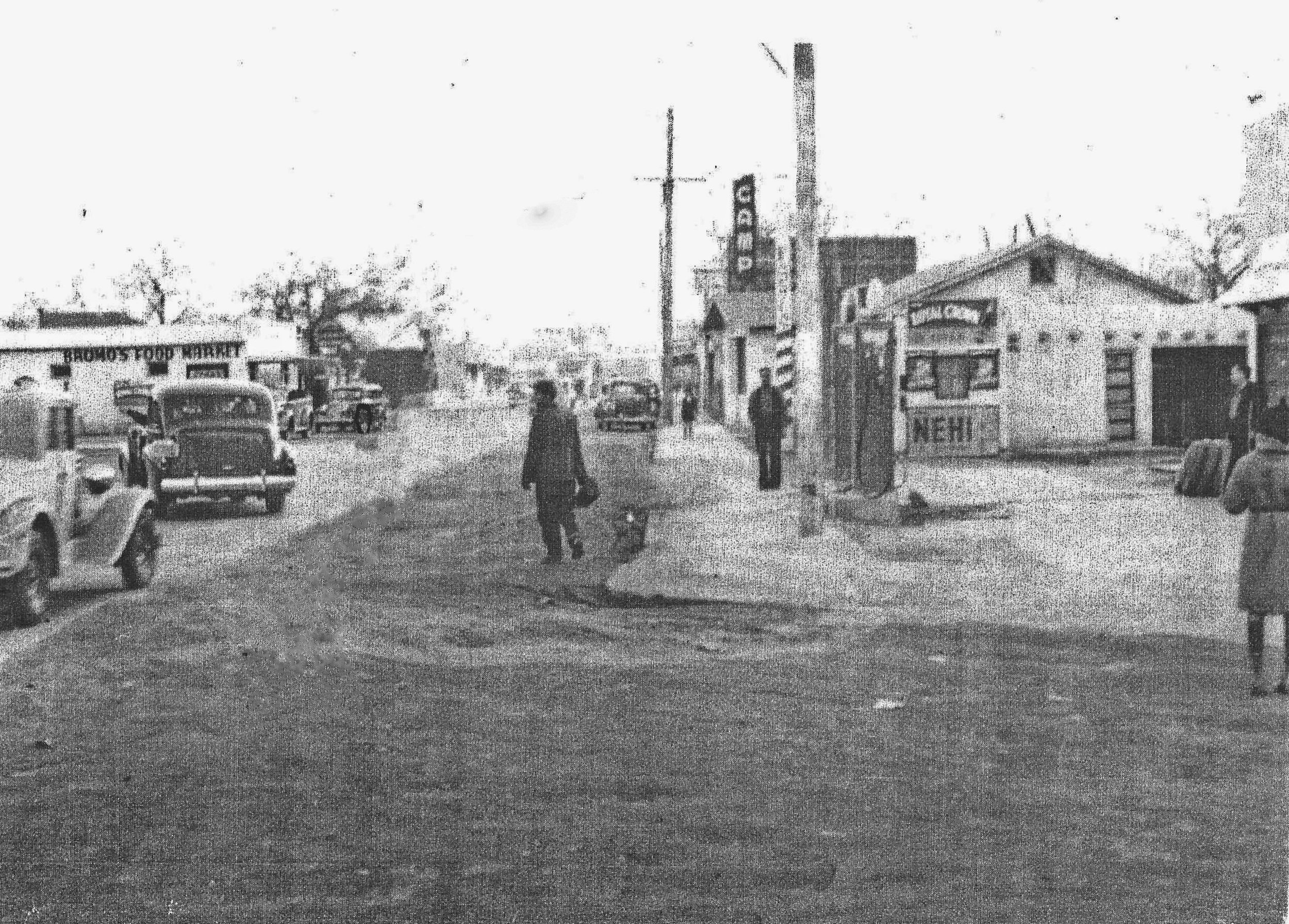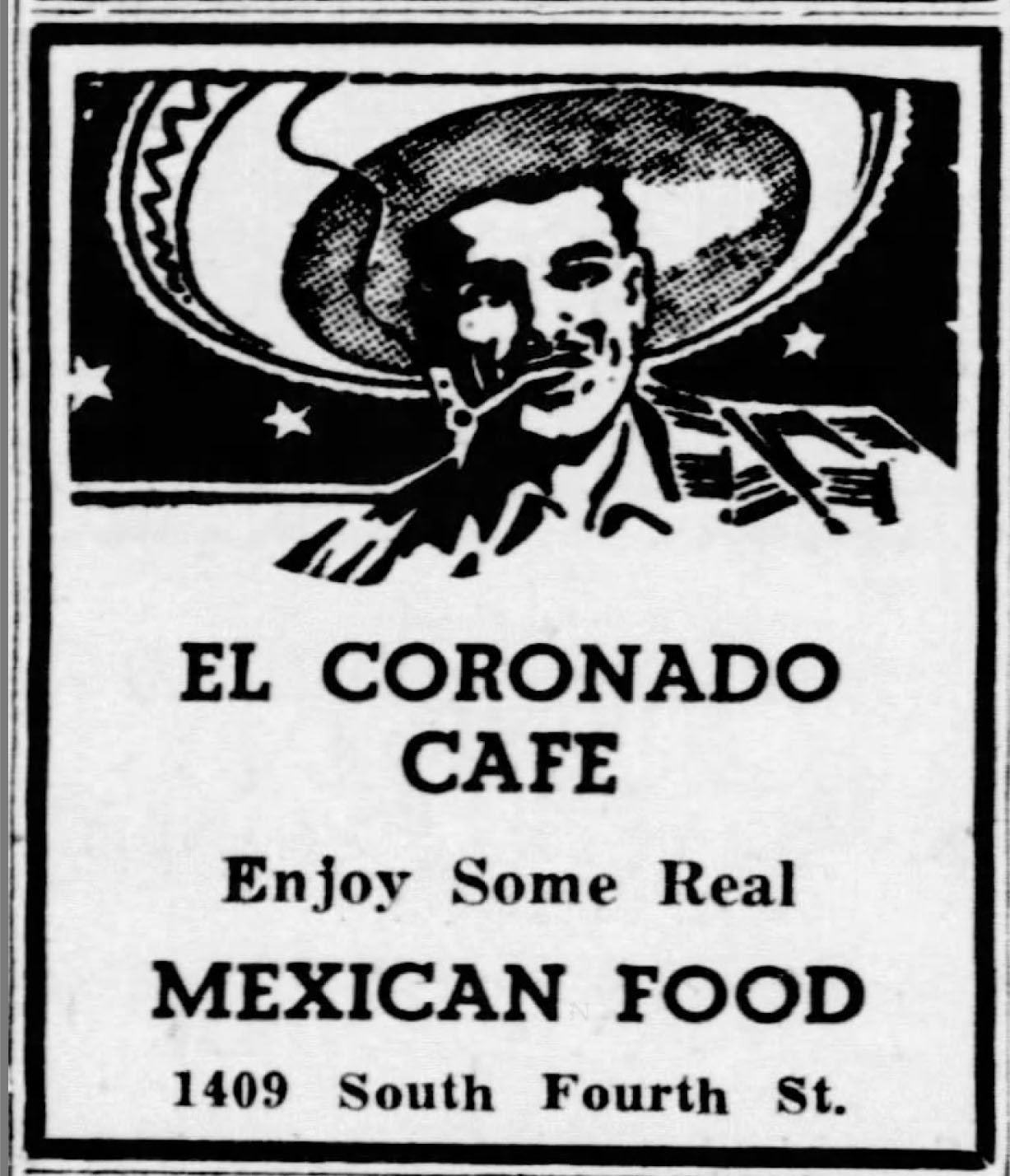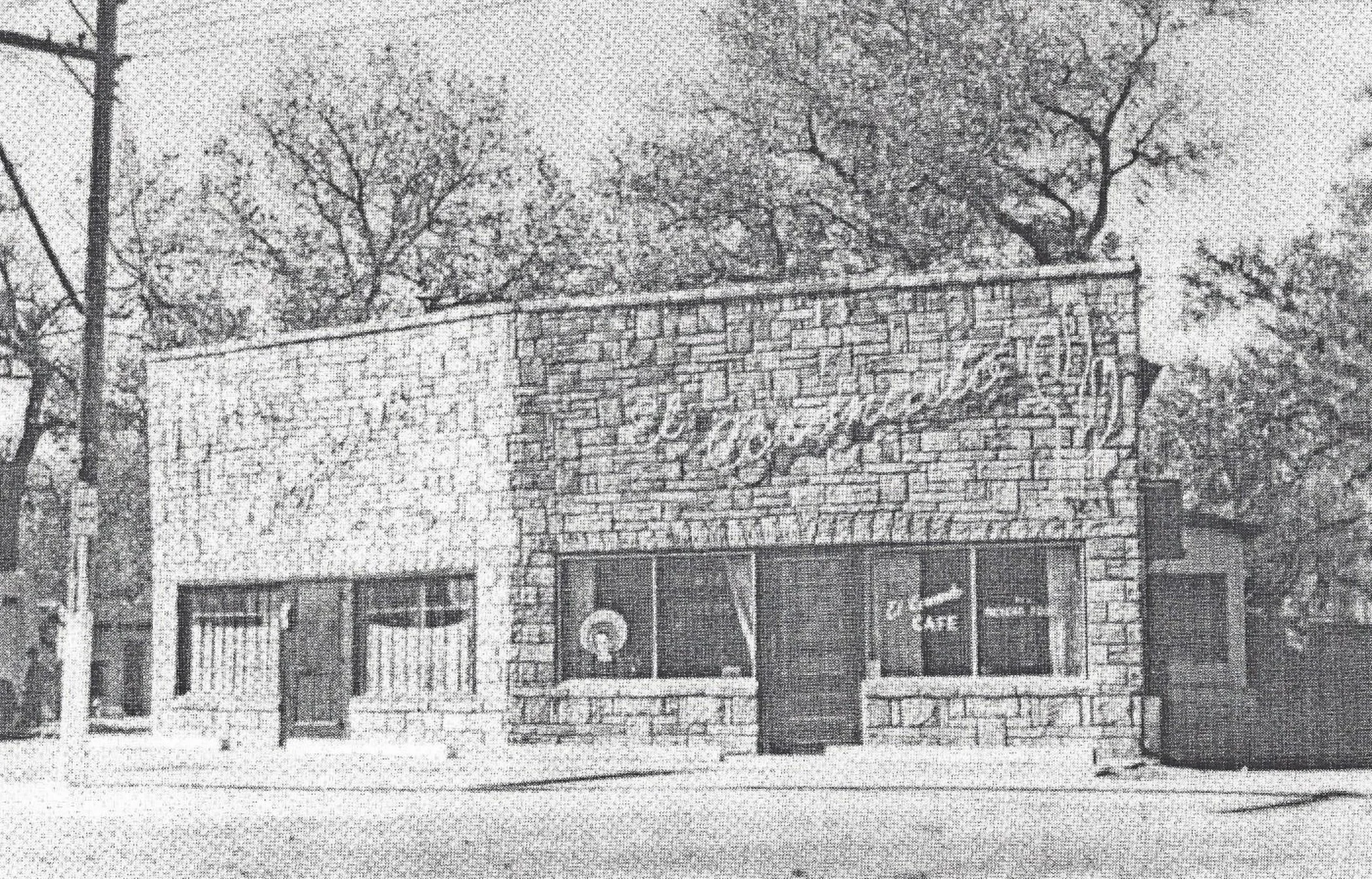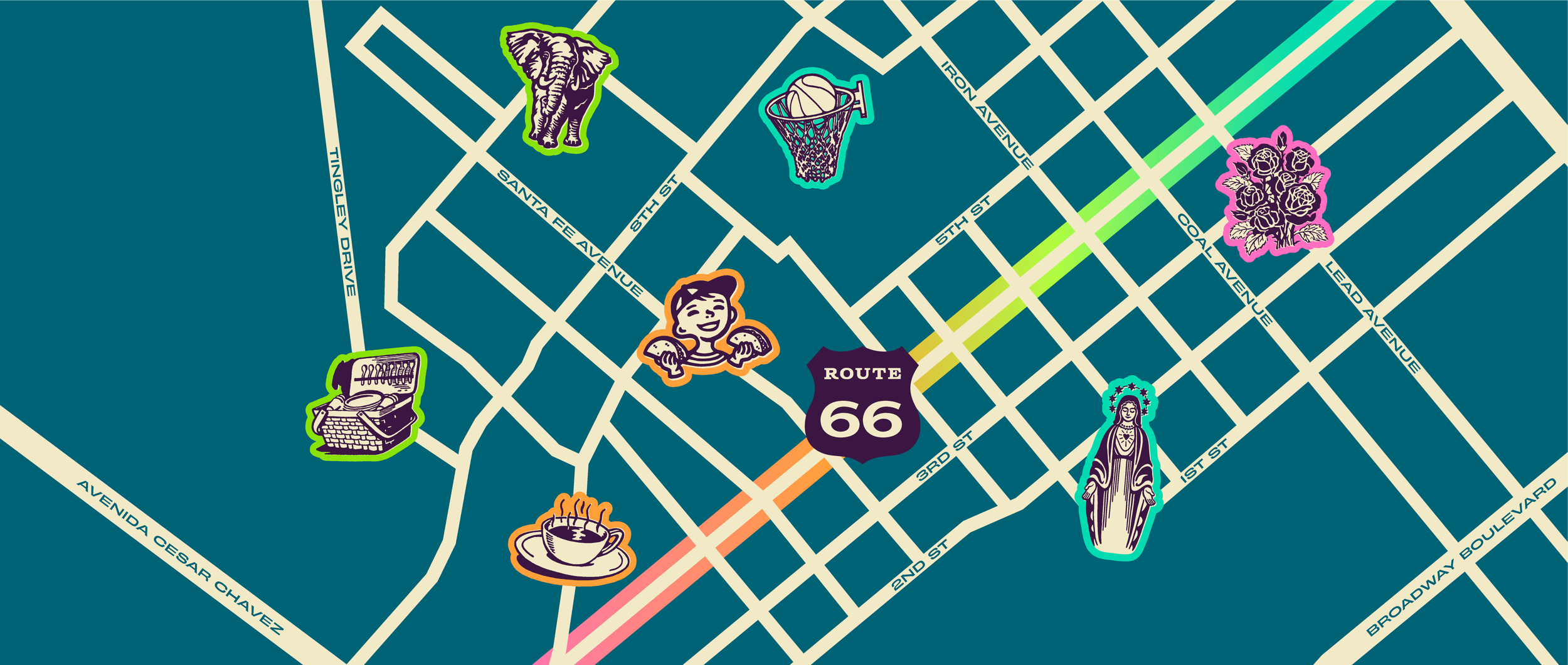
BARELAS. A PLACE. A FEELING. A LEGACY.
Welcome to a community where neighbors are “vecinos,” food is “comida” and buildings are living treasures. Where families trace their heritage back as far as 13 generations, photos and murals chronicle the rich legacy of industry and art, and visitors find themselves immersed in an enchanting blend of old and new. Welcome to Barelas.
To the newcomer, Albuquerque’s oldest and arguably most vibrant settlement feels less like a neighborhood and more like a trip back in time.
Barelas was originally the site of an important river crossing on the main Spanish trade route through New Mexico. The name Barelas is thought to come from a local landowner named Pedro Varela (or Barela), who had a ranch in the area.
feels less like a neighborhood and more like a trip back in time.
Barelas in the late 1800s was a quiet agricultural community. But a new era began when the Atchison Topeka and Santa Fe Railroad arrived at Albuquerque in 1880. The company built shops on the eastern edge of Barelas, employing men from past generations of Hispanic families still living in Barelas today.
By the early 1900s Barelas had become a vibrant neighborhood with many of its residents becoming entrepreneurs or employees of the railroad. And by the mid-century, South Fourth Street, at first a residential street, was declared part of Route 66 and the Pan American Highway in 1926.
The decline in the railroad industry following the wars and the eventual replacement of Fourth Street by Interstate 25 initiated a major economic decline in Barelas. However, in true Barelas spirit, the community endured and revitalized as a center for creativity, entrepreneurship, and family.
the community endured and revitalized
Today, some of Barelas’ original small, family-owned and operated businesses still exist, as new, innovative attractions build on our legacy. “Even the most unassuming buildings have a lot of history,” says Monica Bencomo, creative manager for Homewise, a nonprofit community-development organization. “It’s more than just visiting a neighborhood. It’s also taking it in and understanding the history of the area, even speaking to people that live there.”














